|
“Soul respects another’s failure to find perfection, resistance to enlightenment, sheer ignorance of absolute truth, misguided attachments, and unrelenting meandering”.
In this situation, a great degree of compassion and forgiveness — self and other --
is appropriate. Read more in my book Pathways to Stillness Visit Thomas Moore's website
0 Comments
“Soul respects another’s failure to find perfection, resistance to enlightenment, sheer ignorance of absolute truth, misguided attachments, and unrelenting meandering”.
I am grateful to the Fredericton, New Brunswick Public Library for recently hosting a reading for my book Pathways To Stillness. It was a lovely evening of sharing and soul-talk.
One of the main themes we shared was that stillness is ever-present. It is not something to add on to our lives - it is already and always there. But we need many, many reminders - to come Home to Stillness. Reminders can be in the form of a formal practice like meditation or Tai Chi, but also in the form of personal pathways or refuges. Read more in my book. We often do not think that there is anything helpful or positive in acceptance, letting go, allowing things to happen. We think that it is a negative action— giving up or throwing in the towel. However, it takes strength and courage to let go. This is because you have to give up control— and you need to trust that all is well, that you are ok— even if you are not sure what will happen next.
So, when you encounter a situation that is causing you suffering, try taking a breath, step back to get a larger picture, and allow the situation to take its place in your journey. This will result in more stillness and peace in your life—little by little. Finding Peace and Meaning in the Midst of a Pretty Crazy World.
Finding peace in our lives is a challenge at the best of times, and the holiday season is no exception. We tend to forget there is such a thing as an experience of quiet and stillness in the centre of our own life story. We tend not to pay attention to that because we’re too busy. Yet, many of us often feel overwhelmed and anxious. My book and workshops are about the importance and the ability to discover calm and quiet in the midst of a busy and sometimes chaotic life. Start your New Year by being good to yourself. Join us in an event that offers a clear path to restorative stillness. Please visit here for more information. How to Move With Change — An Antidote to SAD (Seasonal Affective Disorder)
The winter season, especially after the holidays, can be emotionally challenging. Give yourself and/or a loved one a Christmas gift of a Day of Light, Comfort and Camaraderie. Join us on January 19 in Fredericton, New Brunswick, Canada. We will spend the day learning to relax-into-stillness in order to find peace in the midst of the confusion and complexity of our lives. Please register or gift this event by clicking here Here is the link to my recent article, Finding Stillness in Your Story that was shared by Aging Horizons across Canada. We find stillness, or it finds us, when we relax and let go. It is about acceptance of the present moment. Really, all we need to do to experience stillness is to "show up for it." READ MORE
 One of the gifts of the experience of stillness is that you can embrace your life more as a journey. You may become less fearful about not knowing what is around the next bend. Your journey can become more imbued with curiosity, wonder, and more life—you can come to appreciate meandering or wandering along life’s pathways. There may be less need for “Six easy steps to wisdom and immortality”. Rather, you may feel free to create and discover your own pathways, drawing from the ordinary wisdom, both within yourself—and in those around you. In this series of workshops you are invited to explore pathways to stillness that fit “your” life. Join us for our Nov 24th workshop. Please click here for more information. The Relax-into-Stillness Through Tai Chi session that I facilitated at the recent Narrative Matters conference in The Netherlands was very well received. There were approximately 60 participants. Many commented that it felt great to engage in an activity that was relaxing and “gave my head a rest”. This experience reinforced for me the notion that benefitting from stillness simply requires that we slow down for a moment. It is a natural part of our human nature that gets overlooked due to too much busy-ness. No experience is necessary—we can feel more calm and peaceful with even five minutes of practice. I invite you to try out the movements in my book Pathways to Stillness. You may be surprised at how quickly your stress level changes and you feel better. You may experience a “breath of fresh air” in your life
Our Preconference workshop at the Narrative Matters 2018 conference in The Netherlands was a very successful learning experience for both participants, and for Bill Randall and myself as facilitators. We had participants from Israel, Germany, Netherlands, Great Britain, Japan, China, Canada, and the United States. The workshop explored how we can learn to see our lives as a story—a story that can be changed for the better as our journey continues. The participants also enjoyed the relax-into-stillness movements, which help us to become calm and mindful as we explore our lifestory. A heartfelt thanks to the participants and to the conference organizers!
In this session, I will guide you through an experience of moving meditation based on the ancient Chinese art of Tai Chi. The emphasis will be on breathing and gentle movements. These movements can be performed from either a standing or seated position—No previous experience is necessary. Research demonstrates that Tai Chi has physical health benefits for a variety of conditions—in particular stress-related illness. However, Tai Chi is also beneficial for emotional challenges—especially anxiety and depression. Tai Chi is mostly about learning to let go and give up control. In Tai Chi practice you start where you are and you progress at your own pace. By learning to let go of tension you release the Chi that is already there. The payoff is more “present moment” experience and thus more stillness—and higher quality of life at any age. Tai Chi is a Pathway toStillness that resides at the center of your lifestory—the unchanging mindful awareness amidst the swirl of thoughts and emotions that is human life. In this way, it is a form of narrative care. In this session, we will focus on the “how to” relax-into-stillness.
dit. (This Blog Post is adapted from my book Pathways to Stillness)
There are serious changes that can occur on the journey of aging, such as dementia. For those who experience this, either directly or in proximity to a loved one, it can be hard to encounter the common belief that nothing can be done for these travellers, except to feed and house them. It can feel like an immediate death sentence, as if the journey is over. However, this is far from the truth. Medications can now maintain a person’s level of functioning for years. And, even as the disease progresses, environmental and interpersonal interventions can assist you to maintain dignity and communication— long into the disease. No one would dispute that dementia is an insidious and devastating condition. However, need it end my journey or the journey of a loved one, or someone in my care as a fellow traveller? The following examples illustrate the contrast between an outside view of this kind of change and the inside view of aging as a journey to life. At Christmas some years ago, I went to Montreal to visit my aunt Mary, who was living in a special care home. At one point during the visit, I asked the owner of the home if we could take a photo of my aunt near the Christmas tree in the living room. But near the tree was an older lady sitting in a wheelchair with her head down, working her fingers with some wool that was wrapped around the arm of the wheelchair. “Oh, just move her away,” said the owner. “She’s crazy and doesn’t know where she is or what she is doing.” Out of respect for this lady, I approached her and asked if it was okay to move her. When there was no response, we did so. We took our pictures with my aunt and eventually completed our visit. When I was leaving I decided to wish all the residents a Merry Christmas and shake their hands. I approached the woman we had relocated from the tree, offered my hand, and said, “Merry Christmas to you.” She looked up into my eyes and clearly said, “The same to you and to your family.” I left the home almost in tears and in a moral quandary. I wondered if I should tell the owner that she did not know how to care for these travellers. Will that help, I asked myself, or will it result in worse care for both my aunt and the older person by the tree? This woman was in a setting that made it difficult to find her journey to life with a measure of stillness and peace, as she was being treated from an outside, ageist perspective. This encounter with the lady by the Christmas tree showed me that when we encounter others in this way—looking at the inside rather than just the outside—our own journey is affirmed by life as well. As the spiritual teacher Jean Vanier once said, you begin by thinking that you are helping others, and you realize later that they are a gift to you. Bob and Leo Early dementia survivors (as opposed to victims) show us how it is possible to find meaning in the face of severe challenges on the journey to life. Here are two further examples: Bob was a guest lecturer in my Introduction to Gerontology class. After having survived the shock of diagnosis and early problems with medication, he began to volunteer through the local Alzheimer Society and give public talks. He told us that he had never given a public talk until he was diagnosed with the disease. As you can imagine, after listening to this gentleman there was not a dry eye in the room. The second example is a colleague at St. Thomas University. Leo, until his recent death, was a retired professor emeritus in the philosophy department. He was diagnosed with Alzheimer’s disease. Following his diagnosis, he guest lectured in my gerontology class on two occasions. His favourite story about the disease was that he was able to deny it for quite a while by claiming to be an absent-minded professor. This is both true and an example of the humour he brought to his situation. He eventually wrote a book with his partner about his illness experiences. He said that at first it was incredible, but hard things take time to be fully accepted. He pointed out that we can also have a tendency to save face by keeping silent about unfortunate things that happen to us. We want to keep them hidden, he explained, yet once we accept the truth, there is nothing to hide, and we are free. Leo told me that the diagnosis of Alzheimer’s disease eventually gave him new meaning and purpose in life—to help others deal with the disease through writing, speaking, and being a survivor. Leo was also a student in my Tai Chi class at York Care Centre. This letting go and acceptance brought a measure of stillness to Leo’s life under very challenging circumstances, as it did with Bob. (This Blog Post is adapted from my book Pathways to Stillness)
Stillness, and its inherent peacefulness, is accessible anytime and anywhere. I agree with those who say it is our natural state, covered over by the “monkey mind” and distractions. A very powerful example of this is a particular Tai Chi class that I teach at York Care Centre in Fredericton, New Brunswick, the city where I work. I have been teaching classes in various locations for over twenty years, and in nursing homes and retirement residences for ten years. Some years ago, I was invited by the activity director of the centre to try a class in the Alzheimer unit. I agreed, without any expectations. I arrived for the class, and put a CD on with soft music. The staff person asked the residents if they would like to attend and assisted them to gather in the lounge area. Six residents sat down and watched me as I began the class, which, by the way, is a seated program, which I designed for special groups. One resident was able to follow many of the movements; two had their eyes closed and were clearly listening to the music; another was sleeping; and two were staring at me with curiosity. But there was something else happening at the same time— there was a palpable stillness in the room, a wonderful peacefulness. In subsequent classes, I sometimes sense this peacefulness—and I stop talking and just hang out with the participants. I discussed the results of the class with the staff person. She said what happens here is huge. These are folks who are constantly in motion, who do not usually sit still for more than a few minutes, who often have fear and confusion in their eyes. However, during this class they are quiet and their eyes are calm—the staff person agreed that they clearly felt the stillness. To me this means that, unlike the stereotype that dementing persons are totally lost, there is also a still-ness present—they are still there. I continue to learn many lessons from this group: First, we should not make quick assumptions about what is going on within a person with dementia. Just because a person’s thinking mind is confused does not mean that they cannot experience stillness. One of my Dutch colleagues conducts a similar class in The Netherlands. She says that when they are doing Tai Chi, “the disease is not there and we go straight to the stillness.” Second, these folks are able to contribute to my experience of stillness when I am sharing the class with them. And third, as I mentioned at the outset, stillness is possible anywhere and anytime. If they can find it, so can you. I highly recommend personcentreduniverse.com as a great site for more wisdom and guidance on this topic. It is a company started by graduates of our Gerontology programme at St. Thomas University. I am very proud of them! Narrative Matters 2018 @NMConf2018 is a conference that will be held in July in The Netherlands. It brings together researchers, practitioners, writers, and artists who share a passion for lifestories and understanding our lives as stories. Along with my friend and colleague, Bill Randall, I will present a pre-conference workshop on "Narrative Care and Finding Stillness in Your Story". I will also have the pleasure of leading a Tai Chi session for the conference participants. I am looking forward to these activities and to the wonderful conversations that take place outside the formal presentations.
One day I was having coffee with my sister at Pagaille, one of my favorite Montreal cafes. I was going on about why it was an excellent latte. She said jokingly, “I suppose you think coffee is a pathway to stillness”—referring to the title of my book. I responded that a good coffee in a good café is indeed a refuge—and thus a pathway to stillness. A café offers a stillness setting in which you can feel welcome and accepted just as you are—a place to relieve loneliness and to enjoy the full sensual experience of a well-made espresso. Read more in my book.
Narrative Care can be practiced in your professional and personal relationships—and also with yourself. There are two steps in helping you to help yourself find more stillness and peace in your life. The first step is to relax-into-stillness by trying the easy-to-learn movements at the end of my book. Then the second step is to be a friend to yourself and to gently explore the chapters in the book. There is no right or wrong—it is about discovering what has meaning for you and your journey. For example, try Chapter 6—Finding Your Way.
|
Pathways to Stillness BlogMy Blog is about how you can discover your own Pathways to Stillness, and why that is so valuable to your life. We will explore what it means to lose and regain our sense of “our story” in the midst and aftermath of loss—negative beliefs about aging and how we can make them more positive, and the many benefits reaped by creating a refuge of stillness within.
January 2024
Categories |
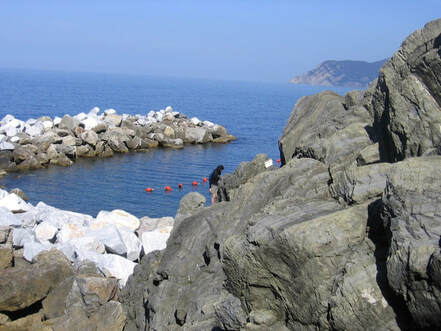
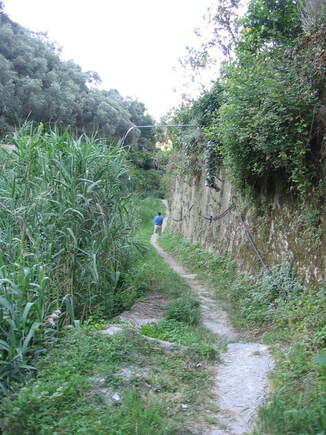
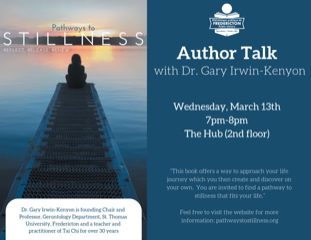

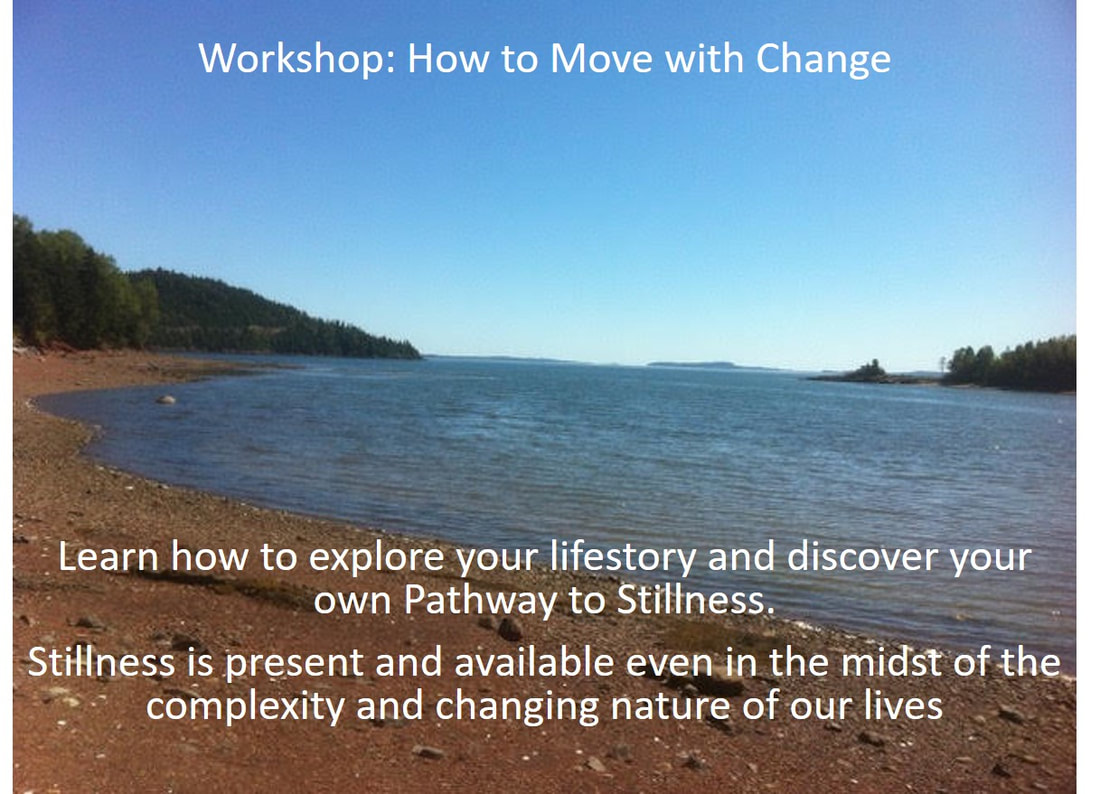
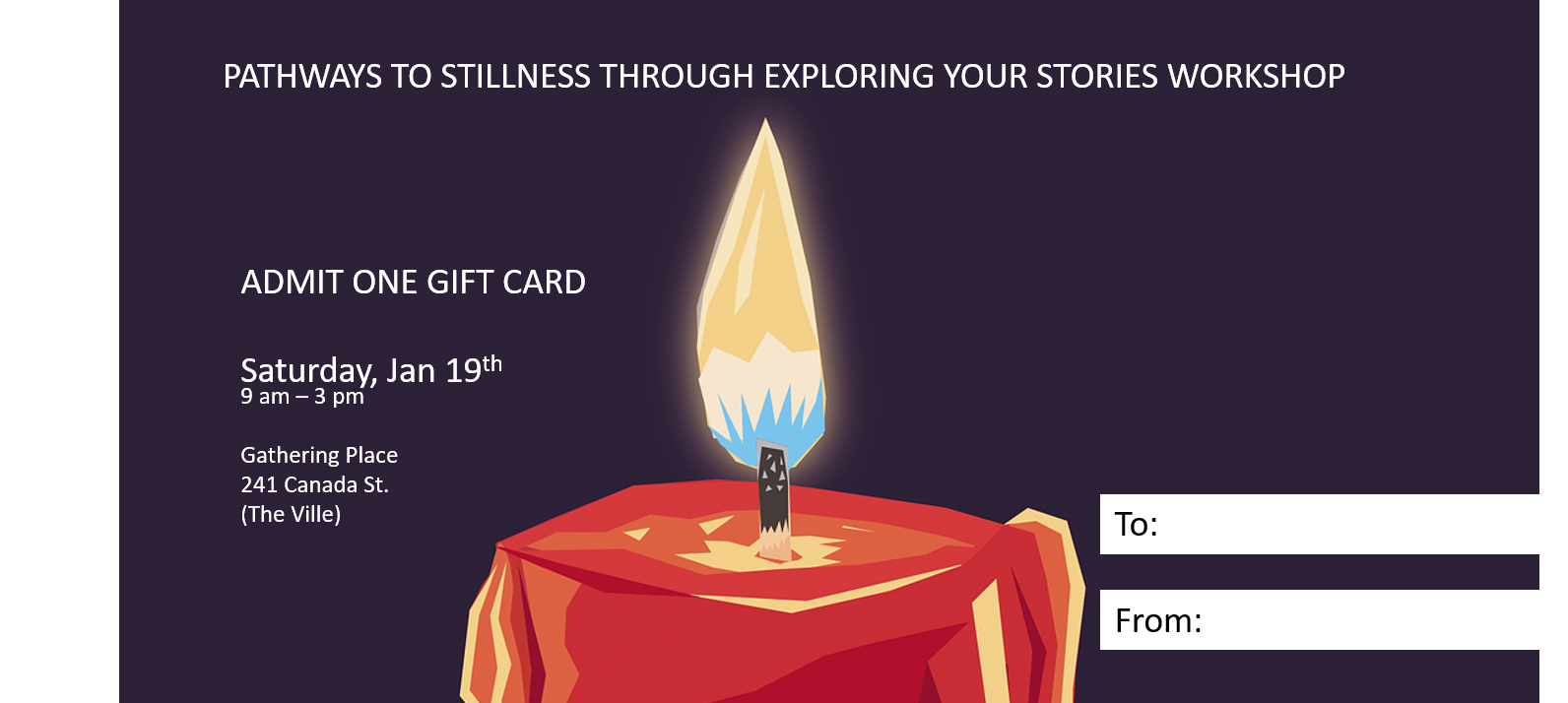
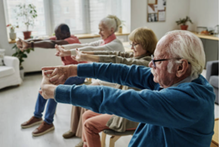
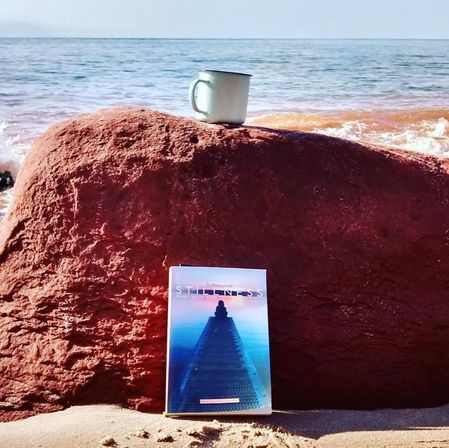

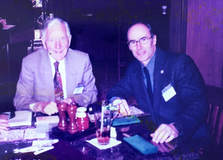

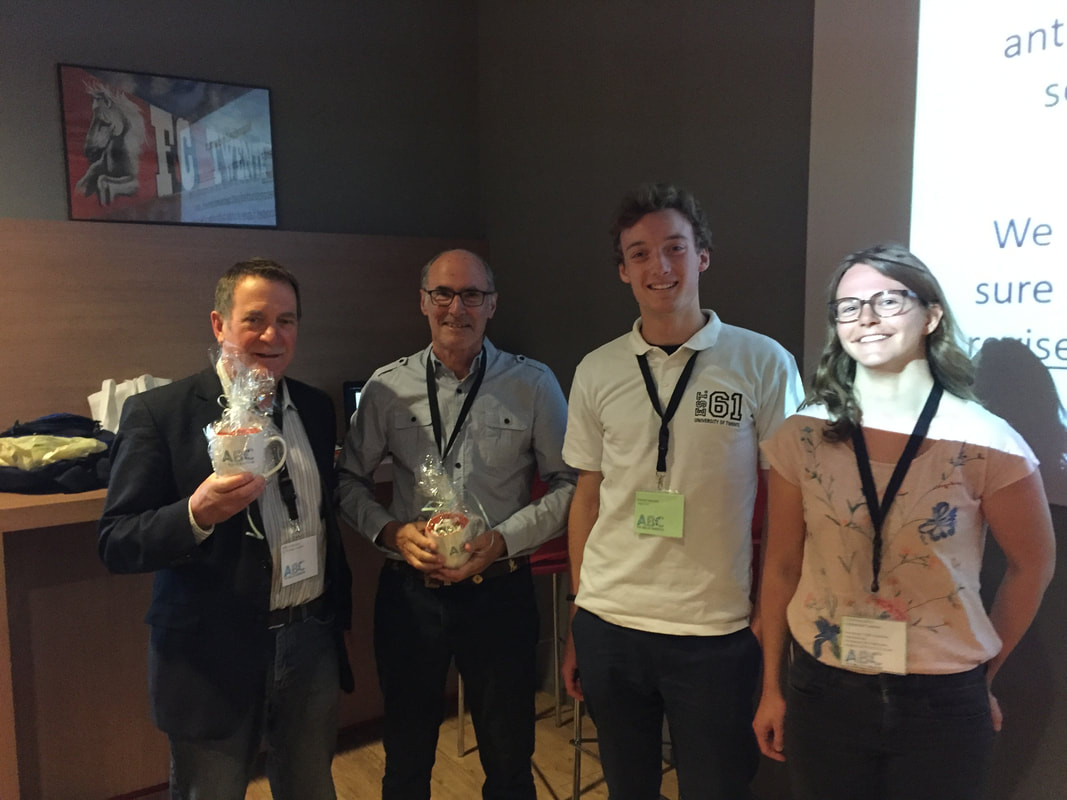
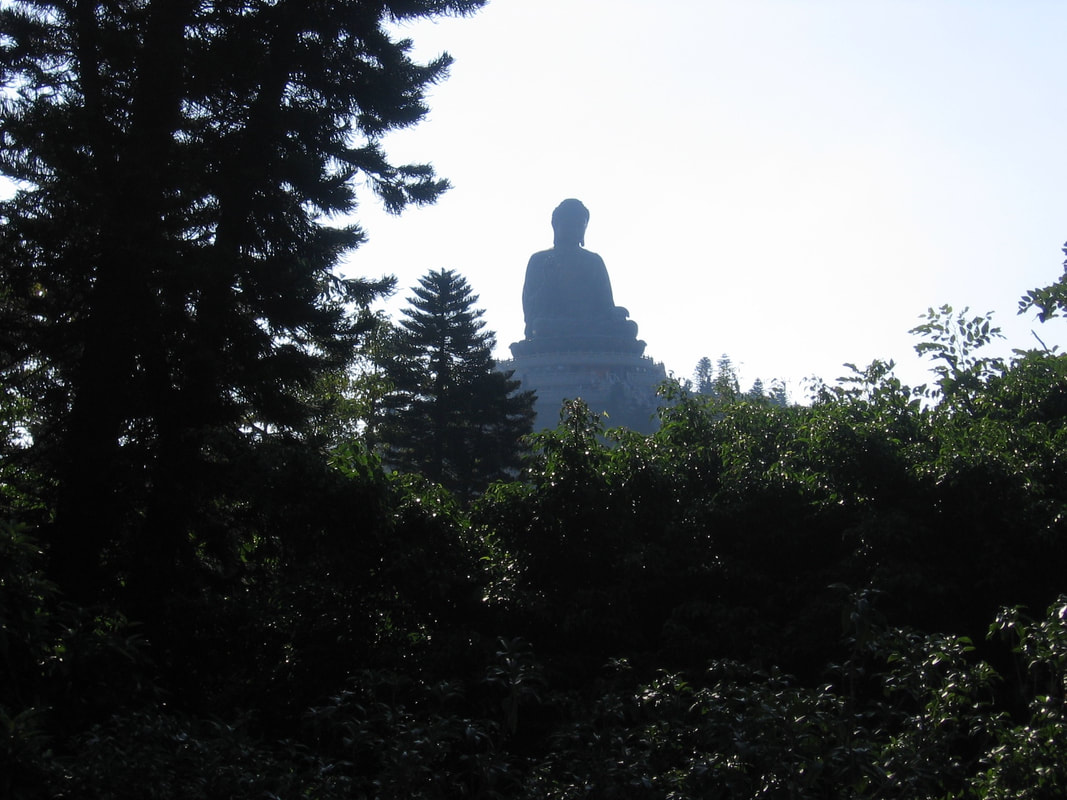
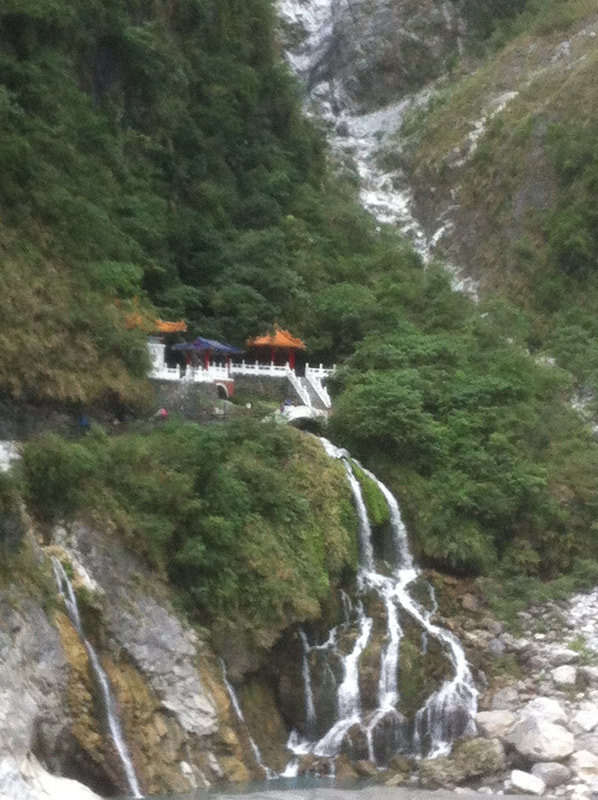
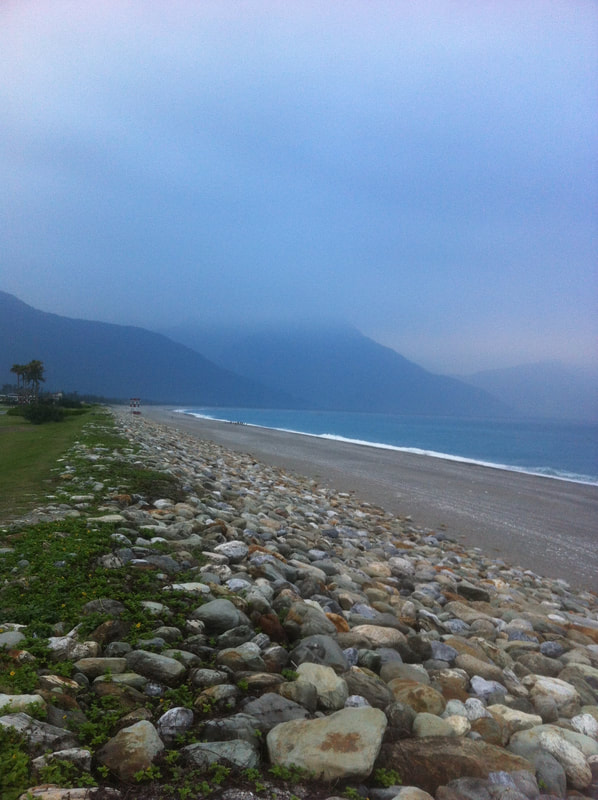
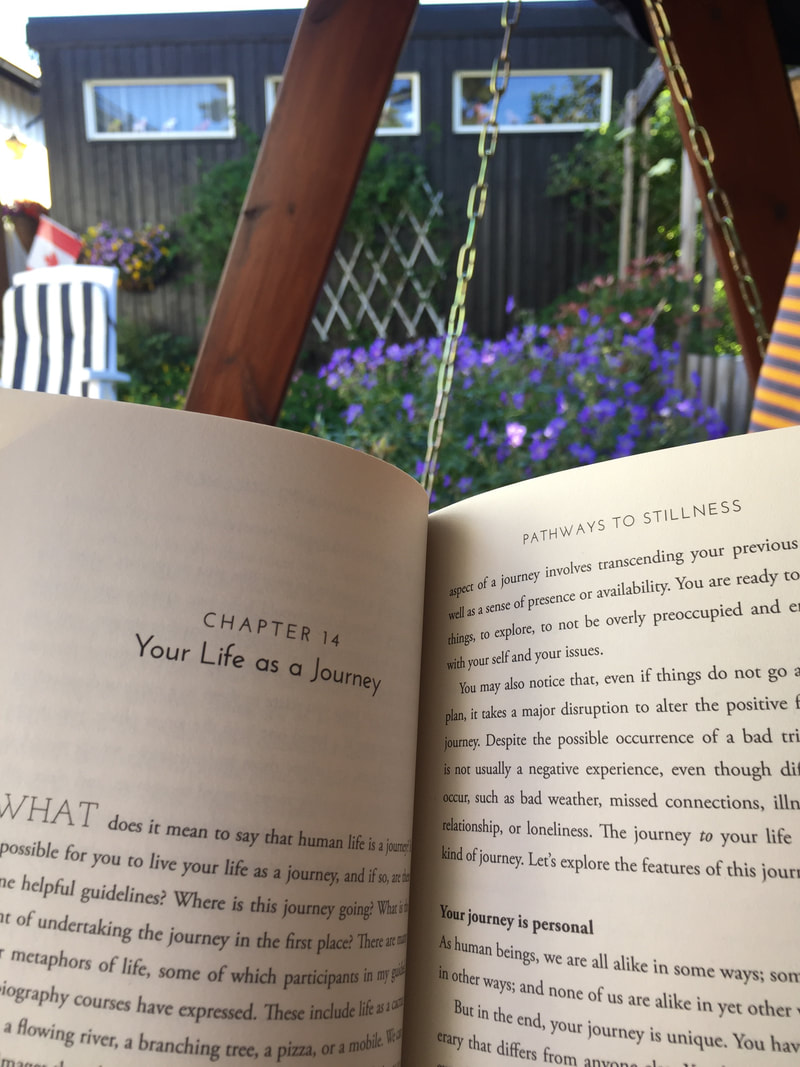

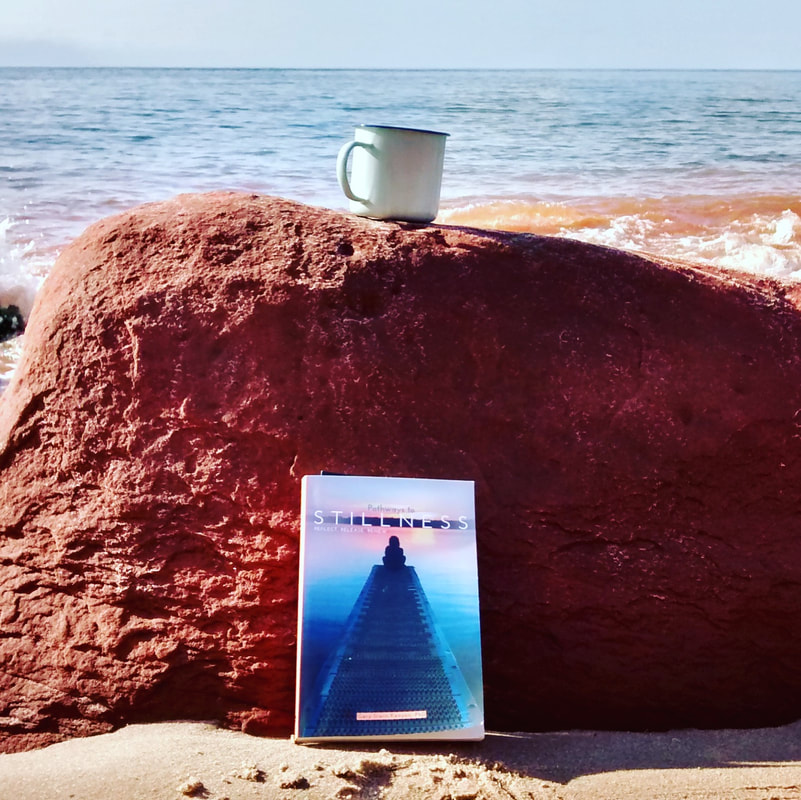
 RSS Feed
RSS Feed




